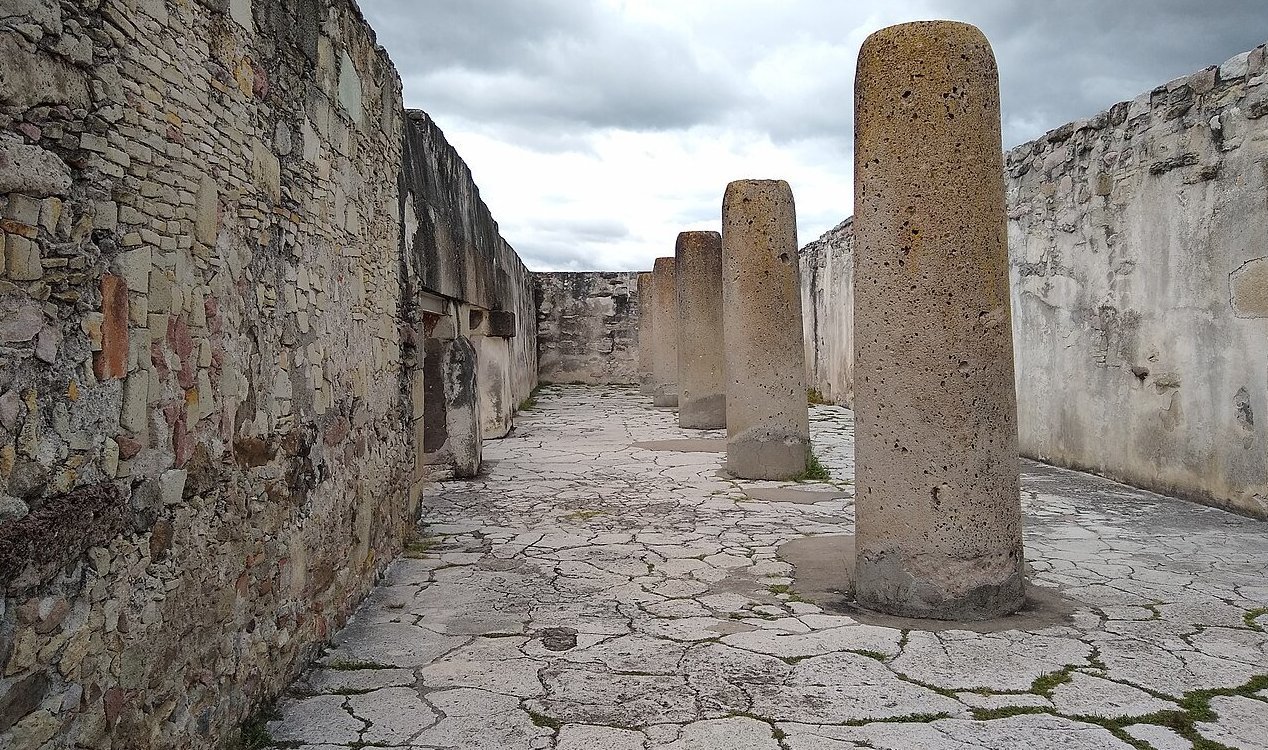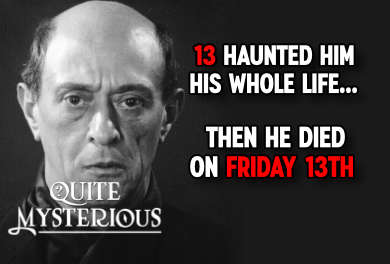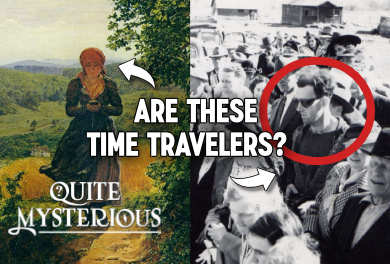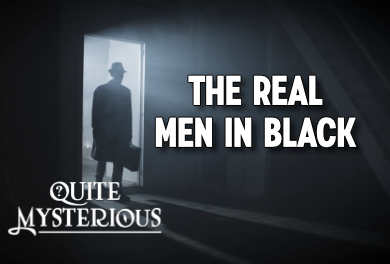Archaeology & History
October 29, 2024 · 12 comments
12 comments

The ruins of a palace in Mitla. Image Credit: CC BY 4.0 Thayne Tuason
The precise location of these tunnels would go on to be lost to time when the city was razed by the Spanish in the 16th century and new structures were built atop its ruins.
For years, archaeologists attempted to find these mysterious subterranean tunnels, but to no avail.
Now, though, thanks to the advent of electrical resistivity tomography (ERT), researchers believe that they may have finally located evidence of the Zapotec's enigmatic 'back door to hell'.
To find it, they scanned multiple groups of ruins for signs of subterranean cavities.
"Some of the tunnels and chambers extend to a considerable depth, in excess of 15 meters," said Marco Vigato, founder of the ARX Project which is heading up the search.
"In the case of the south group, they're up to 30 meters deep - this is as far as the instruments can penetrate. One chamber under the Church of San Pablo Apostol measures approximately 15 meters long by 10 meters wide."
"It is possible that the tunnels, particularly those under the church group, extend further to the north, east and south. Possibly they connect to other geophysical anomalies identified under the other groups."
What's particularly exciting is that these tunnels may also contain the burial chambers of ancient Zapotec kings and other prominent figures of Zapotec society.
Whether the treasures they were likely buried with are still there, however, remains to be seen.
Source: Mail Online | Comments (12)
'Entrance to the underworld' discovered beneath church in Mexico
By T.K. RandallOctober 29, 2024 ·
 12 comments
12 comments
The ruins of a palace in Mitla. Image Credit: CC BY 4.0 Thayne Tuason
The ruins of an ancient city in southern Mexico have yielded evidence of long-lost underground tunnels.
Known as 'place of the dead', the city of Mitla - built by the ancient Zapotec civilization - was said to be situated atop a labyrinth of underground tunnels and caverns known as the 'entrance to the underworld'.The precise location of these tunnels would go on to be lost to time when the city was razed by the Spanish in the 16th century and new structures were built atop its ruins.
For years, archaeologists attempted to find these mysterious subterranean tunnels, but to no avail.
Now, though, thanks to the advent of electrical resistivity tomography (ERT), researchers believe that they may have finally located evidence of the Zapotec's enigmatic 'back door to hell'.
To find it, they scanned multiple groups of ruins for signs of subterranean cavities.
"In the case of the south group, they're up to 30 meters deep - this is as far as the instruments can penetrate. One chamber under the Church of San Pablo Apostol measures approximately 15 meters long by 10 meters wide."
"It is possible that the tunnels, particularly those under the church group, extend further to the north, east and south. Possibly they connect to other geophysical anomalies identified under the other groups."
What's particularly exciting is that these tunnels may also contain the burial chambers of ancient Zapotec kings and other prominent figures of Zapotec society.
Whether the treasures they were likely buried with are still there, however, remains to be seen.
Source: Mail Online | Comments (12)

The Unexplained Mysteries
Book of Weird News
AVAILABLE NOW
Take a walk on the weird side with this compilation of some of the weirdest stories ever to grace the pages of a newspaper.
Click here to learn more

Support us on Patreon
BONUS CONTENTFor less than the cost of a cup of coffee, you can gain access to a wide range of exclusive perks including our popular 'Lost Ghost Stories' series.
Click here to learn more
Spirituality, Religion and Beliefs
United States and the Americas
Extraterrestrial Life and The UFO Phenomenon
Russia and the War in Ukraine
Total Posts: 7,775,899 Topics: 325,402 Members: 203,869
Not a member yet ? Click here to join - registration is free and only takes a moment!
Not a member yet ? Click here to join - registration is free and only takes a moment!




































Please Login or Register to post a comment.